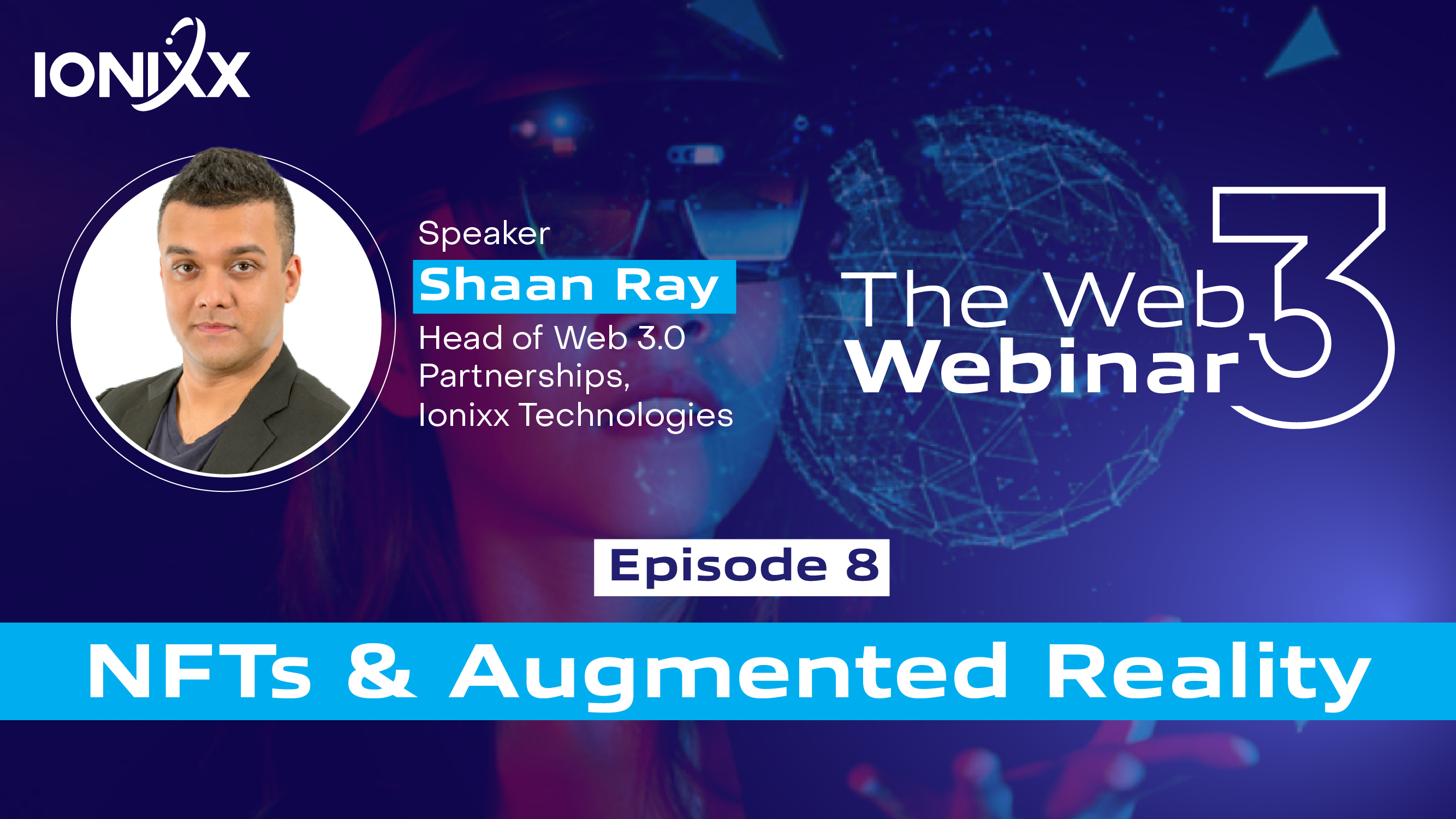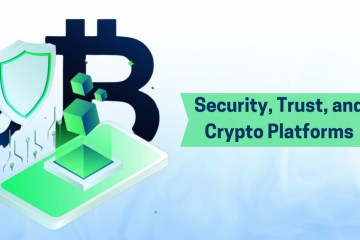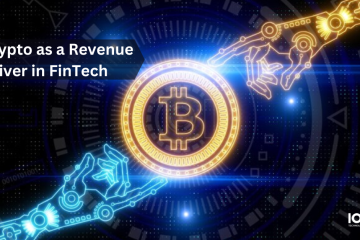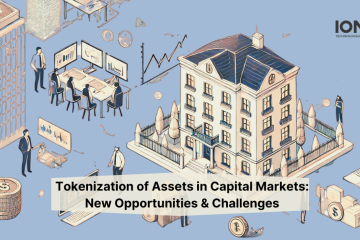
The strategic use of NFTs in AR worlds will enable a whole new range of use cases and possibilities. The true potential of NFTs will be unleashed in the AR worlds of the future. To fully understand how NFTs will enhance AR environments, it is first essential to understand NFTs and Augmented Reality in more detail.
What Are NFTs
The following NFT definition has been covered earlier in the NFTs & Smart Contracts post.
NFT stands for Non-Fungible Token. It is a type of digital token which is unique and scarce. An NFT is essentially a unique proof of ownership of something, usually a digital asset. NFTs are digital versions of physical collector’s items, and no two NFTs are the same.
Fungibility
Fungibility is the ability of an asset to be exchanged for another asset of the exact same type. For example, a $5 bill is fungible with all other $5 bills. They represent the same value. But the Oppenheimer Diamond, for instance, is non-fungible — meaning only one real, unique version exists.
Digital Scarcity
The internet and digital technologies, in general, created an abundance of data and information, like files or photographs, which could be replicated and shared endlessly. For example, suppose I took a picture of a celebrity on Santa Monica Boulevard from my phone. In that case, I could send that picture to thousands of people within seconds — creating thousands of versions of that picture right away.
Blockchain technology and specifically NFTs, enable digital scarcity. Some data from an NFT can still be replicated and shared, but the certificate of authenticity and legal rights of an asset will exist on a single, tamper-proof NFT. NFTs exist on blockchain networks such as Ethereum and provide a certificate of authenticity and legal rights to the digital asset.
What is Augmented Reality
The following definition was covered earlier in the Augmented Reality Cloud post.
As the name suggests, Augmented Reality is a technology that digitally augments the Reality around a user when viewed through sunglasses, phones, or other digital viewing devices. Examples of AR include several filters offered by social media platforms like Snapchat or Instagram. Pokemon Go is another great example of augmented Reality where digital characters and objects are placed across cities for users to find and interact with.
Various Augmented Reality Cloud projects are underway, and users will have a range of different environments to choose from when it comes to AR experiences, content, and games. AR worlds are a subsection of the larger Metaverse. We believe that the next generation of applications and consumer tech will be powered by Augmented Reality. AR functionality will change the way we consume and interact with content.
Geo-Positioned Digital Assets
Augmented Reality will allow for digital assets and content to be displayed in our physical surroundings. The ability to create augmented reality content that is geolocated will enable scarcity and exclusivity by location. Furthermore, geolocated augmented reality content will unlock a new set of possibilities for all stakeholders involved.
Owning revenue-generating real estate and assets within different AR clouds, AR games, or AR worlds will soon be possible. For example, users will be able to own AR billboards (only visible through an AR viewing device) in busy locations within AR worlds or own a series of geo-positioned AR tourism-related content physically spread across UNESCO World Heritage sites.
How NFT’s Will Add Value to Augmented Reality Worlds
1. The ownership of digital assets in augmented reality clouds, games, and worlds can be embedded within NFTs. This would make the assets easy to buy and sell. The relationships users can have with these assets can be defined using a set of smart contracts. For example, suppose I wanted to advertise my product on a digital billboard in an AR space. In that case, I could do so by using one of the asset’s smart contracts to define the transaction’s price, duration, and other terms and conditions.
2. Hybrid Ownership of these digital assets would be possible where different users could own various lines of revenue generated by the asset or own differing rights and privileges related to the asset. As Non-Fungible Token Standards evolve, stakeholders and collaborators will be able to create increasingly complex agreements between one another.
3. New forms of collaboration will be possible. Assets embedded in NFTs, and their history secured by the underlying blockchains will allow different contributors to a digital AR asset or project to claim different rights and privileges to the asset. For example, a popular AR tourism experience embedded in an NFT could be valuable. Another user could add an interesting fact or anecdote to the original content and pay a portion of the additional revenue they generate to the creator of the original experience every time a tourist accesses their anecdote.
Use Cases
Games
Several AR Games already exist. Digital assets within these games can be bought or sold using NFTs. Exceptional players within these games have the opportunity to increase the value of their in-game accessories if they win a championship or do something notable. For example, the tournament winner can sell their digital outfits, skins, or weaponry to other users, who essentially buy bragging rights.
Tourism
Travel, tourism, and hospitality companies can create AR-enabled, geo-positioned tours across major cities and ancient monuments. For example, they would record a tour guide in 360 degrees standing at a particular location speaking about something historic that happened there. They would then guide the tourists to move to the next place, where another pre-recorded AR experience would give the tourists some more information. An entire tour could be created this way, and every time a package is bought, it would unlock the whole experience for a user for a particular duration. Additionally, experiences in this form can also be time-locked; for example, if a tour guide talks about sunset from a specific location, that experience can only be available 30 minutes before sunset.
Education & Training
NFTs and AR will enable several education applications. The benefit of instruction in AR is that the training cost per user could be significantly reduced. Equipment and conditions can be simulated online. Education platforms like Skillshare and Udemy allow a lot of user-generated content and classes. Instructors creating courses and modules in VR would provide their students with a more immersive and hands-on experience. The education content they create could also be owned and accessed through NFTs.
Co-Created Content
Mission-based enthusiasts will create/co-create a lot of AR content and experiences based on their passion. Enthusiasts and explorers in different niches could collaborate and create AR content for their communities. These experiences could be geo-positioned or not. NFTs would enable secure collaborative creation between users. Smart contracts could be written to govern the specifics of how users can access the content.
Conclusion
NFTs can instantly transform Augmented Reality experiences and content into verifiable assets that are easy to buy, sell and access using the underlying blockchain. They will also make it easier for consumers to access customized AR experiences while rewarding the creators of these experiences.
The most significant innovation geo-positioned AR content enables is that the content is only accessible when the user is at that location. Smart contracts will control how users interact with and access these assets, and NFTs will allow for hybrid ownership and collaboration between stakeholders.
Are you exploring the potential of immersive your NFT smart contracts with us. Our Web3 solutions team will help you create the right set of smart contracts for your project and integrate on-chain and off-chain oracles to your smart contracts.
This blog was originally published here, https://medium.com/lansaar/nfts-augmented-reality-e8083a6c8b7b
Author Bio:
 Shaan Ray is a technology researcher and Web3 specialist who helps organizations unleash the power of emerging tech in reshaping their business goals. Under his mentorship, companies embrace transformative solutions to tap new markets and fresh customer segments. Shaan specializes in Blockchain technology, enterprise cryptocurrencies, and international business. Shaan can be reached at Linkedin, Facebook, Twitter and Instagram.
Shaan Ray is a technology researcher and Web3 specialist who helps organizations unleash the power of emerging tech in reshaping their business goals. Under his mentorship, companies embrace transformative solutions to tap new markets and fresh customer segments. Shaan specializes in Blockchain technology, enterprise cryptocurrencies, and international business. Shaan can be reached at Linkedin, Facebook, Twitter and Instagram.


